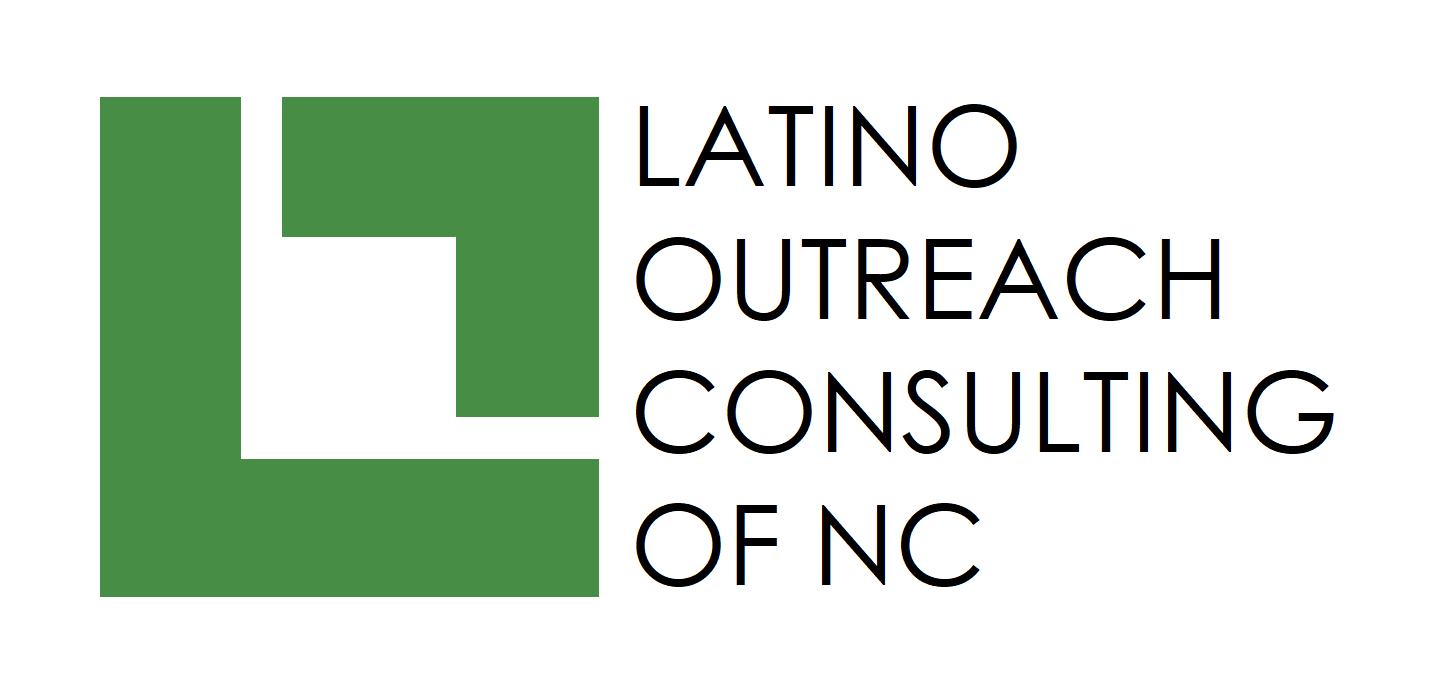Factor #1 in Title VI Compliance: Number of eligible LEP
Number of Limited English Proficient (LEP persons) eligible to be served
Small agencies and/or non-profits with limited resources may feel burdened upon learning their legal responsibility of providing meaningful access to services to individuals who speak limited English, as required by Title VI of the Civil Rights Act of 1964.
However, it is helpful to understand the four factors that the Department of Justice takes into consideration when determining the extent of Title VI compliance.
The four factors that are taken into consideration regarding the extent of compliance are:
- The number of LEP persons eligible to be served or likely to be encountered by a program
- The frequency of contact with LEP persons
- The nature and importance of the program
- The resources available to the recipient and costs
It should be noted, however, that while these factors may help an agency determine what reasonable steps can be taken to achieve compliance, they in no way diminish the legal responsibility of providing meaningful access. The four factors are simply guidelines to help agencies develop and implement an appropriate and responsive language assistance plan.
Factor One: The number of LEP persons eligible to be served or likely to be encountered by a program
An agency may determine the number of LEP persons eligible to be served by using data describing their scope of previous encounters with LEP individuals. However, it must be noted that if an agency has never provided language services, then obviously the LEP population is most likely underserved and therefore has not been previously able to access services, and prior experiences may have no statistical meaning.
For example, you may reason, “Well…. we hardly ever get a Hispanic person in here that doesn’t speak English or that doesn’t bring and interpreter with them. We’ve always managed to get along somehow.”
That may have been your previous experience, but the reason for that may be because Hispanics who don’t speak English or don’t have access to an interpreter:
- don’t know your program exists
- don’t know how to access services
- can’t access your services
Therefore the best way to determine the number of LEP persons eligible to be served by your program is to do research.
Some good places to start:
Census Bureau Statistics
Community Groups/Agencies
State and Local Government agencies
Contact Us
The agencies mentioned above may be able to provide you with the statistical information needed to determine the total eligible LEP population, regardless if it is being currently served or not.
